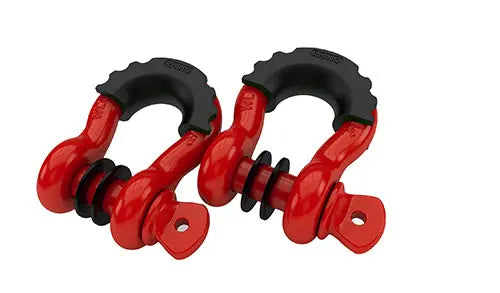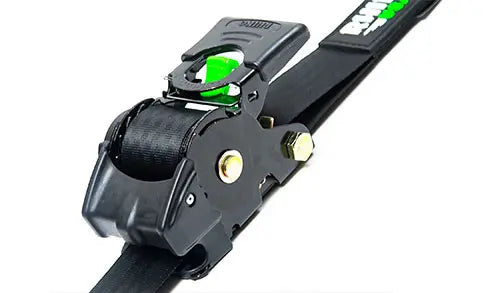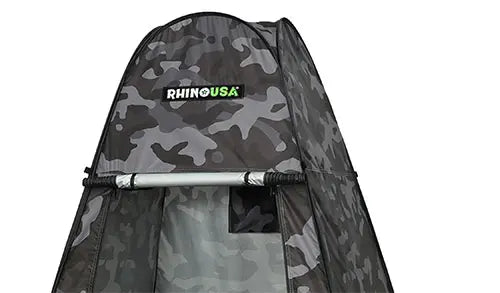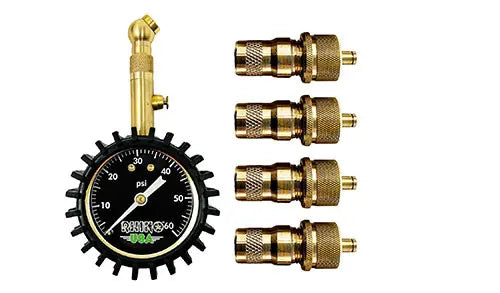For any off-road enthusiast, traction boards are a must-have tool designed to help you regain traction in challenging terrains such as mud, sand, or snow. These rectangular devices are typically equipped with knobs, ridges, or channels to maximize grip and prevent your vehicle from getting further stuck. Their effective design can make the difference between continuing your adventure and being stranded.
Creating your own traction boards can be a cost-effective alternative to store-bought options. With just a few materials like strong wood boards, bolts, nuts, and washers, you can construct durable and reliable traction aids. This DIY approach not only saves you money but also offers the satisfaction of having made a crucial piece of your off-road gear yourself.
For those who love tackling tough terrains, DIY traction boards are a practical solution that doesn’t break the bank. By investing a little time and effort, you can ensure that you’re always prepared for any off-road emergency, enhancing both safety and enjoyment on your adventures.
Materials Needed
For creating your own DIY traction boards, you'll need the following materials:
Essential Materials
-
Wood Board (2): A durable, sturdy piece such as plywood or a cutting board.
-
Bolts (8): Strong and durable to secure everything together.
-
Nuts (8): To pair with the bolts for a secure fit.
-
Washers (16): Helps distribute the load and prevents wear.
Optional Tools and Materials for Added Strength and Customization
-
Metal Strips: For added durability, you can reinforce the boards with metal strips.
-
Gripper Pads: Enhance the traction by applying gripper pads to the surface of the boards.
-
Rubber Mats: You can use these to provide extra grip in slippery conditions.
Tools
-
Drill: For drilling holes to insert bolts.
-
Wrench: For tightening bolts and nuts.
-
Saw: If you need to cut the boards to a specific size.
-
Tape Measure: Ensures accurate measurements.
-
Pencil: For marking where you'll drill and cut.
This list covers the core materials you'll require to build effective traction boards. Depending on your budget, you can adjust the materials used, opting for more cost-effective options like plywood or investing in higher-quality cutting boards for increased durability.
Tools Required
To create your own DIY traction boards, you'll need a few essential tools.
First, gather basic hand tools:
-
Measuring tape: Ensure accurate dimensions.
-
Pencil and ruler: For marking measurements.
-
Wrench set: Secure bolts and nuts.
Several power tools will make the job easier:
-
Drill: To make holes for bolts.
-
Saw: Cut wood or plastic boards to size.
In addition, you'll need specific hardware items:
-
Bolts, nuts, and washers: To assemble the boards.
-
Sandpaper: Smooth out rough edges.
Optional tools:
-
Clamps: Keep materials steady as you work.
-
Protective gear: Safety glasses and gloves.
Organize everything before you start to streamline your project. Happy crafting!
Cutting the Boards
Materials Needed:
- Wooden boards (super-strong wood)
- Measuring tape
- Pencil
- Saw (circular or hand saw)
- Clamps
Instructions:
Measure the boards to ensure they match the required size for your vehicle. Common sizes for traction boards are around 36-48 inches in length and 10-12 inches in width.
Mark the desired dimensions with a pencil. Accuracy is essential for effective use and safety.
Secure the board firmly with clamps. This ensures stability and prevents movement during cutting.
Use a saw to cut along the marked lines. A circular saw offers precision, but a hand saw works well if you don't have one.
Safety Reminders:
-
Wear safety goggles to protect your eyes from wood chips.
-
Use gloves to avoid splinters and improve grip.
-
Follow manufacturer instructions for safe saw operation.
After cutting, sand the edges to remove any rough spots. This prevents damage to your tires and ensures safe handling.
Creating the Grip (Optional)
To enhance the effectiveness of your DIY traction boards, consider adding a grip surface. This increases friction between the boards and the tires, further aiding in vehicle recovery. You have several options to achieve this.
Grip Tape: Easy to apply and widely available, grip tape adds rough texture. Cut the tape into strips and apply them in a crisscross pattern for optimal coverage.
Textured Paint: Textured spray paint or roll-on products can create a rugged surface. Apply multiple coats for durability.
Bolt Heads or Screws: Embed bolts or screws partially into the surface. Ensure they are not too long to avoid damaging your tires. Spread them out evenly to maximize grip.
Sand and Paint Mixture: Mix coarse sand with paint and apply it to the boards. This creates a gritty surface that works well in wet and muddy conditions.
| Method |
Pros |
Cons |
| Grip Tape |
Easy to apply; quick fix |
May wear off with heavy use |
| Textured Paint |
Durable; simple application |
Requires drying time |
| Bolt Heads/Screws |
Strong grip; high durability |
Tires can be damaged if exposed |
| Sand and Paint Mix |
Excellent in slippery conditions |
Needs careful preparation |
Choose the method that best fits your needs and the conditions you expect to encounter. Each option has its strengths and weaknesses, but any of them can significantly improve your traction boards' performance.
Attaching the Handles (Optional)
Adding handles to your traction boards can make them much easier to carry and maneuver. This step is optional but highly recommended for enhancing usability.
Materials Needed
-
Handles: Purchase from hardware stores or repurpose sturdy rope.
-
Bolts and nuts: Ensure they fit the handle holes and traction board material.
-
Drill: Required for making holes if they are not pre-existing.
Steps to Attach Handles
-
Identify Handle Locations: Determine where you want the handles. Common placements are on the sides or ends of the traction boards.
-
Mark and Drill Holes: Mark the spots for drilling using a marker. Carefully drill the holes, ensuring they align with the handle’s mounting points.
-
Attach Handles: Secure the handles using bolts and nuts. Tighten them to ensure they don't come loose during use.
Alternative Methods
If traditional handles don't suit your needs, consider using rope loops. Here’s how:
-
Cut and Seal Rope: Cut sections of strong, thick rope. Heat-seal the ends to prevent fraying.
-
Thread and Knot: Thread the rope through the drilled holes or existing slots. Secure by knotting the ends tightly. Double-check the knots for durability.
Another option is using strap handles like those found on tote bags. Attach them similarly by screwing or bolting them to the boards.
Handles improve board handling, especially in muddy or wet conditions. Choose the method that best fits your needs and ensures the most comfort and utility during your off-roading adventures.
Final Touches
After constructing your DIY traction boards, it’s time to add some final touches to enhance functionality and personalization.
Painting or Labeling: Consider painting your traction boards in bright colors or adding reflective tape. This makes them easier to locate in low light or adverse weather conditions. Label each board with your name or contact details in case they get left behind.
Adding Handles: Drilling holes and adding rope handles can make your boards easier to carry and maneuver. Use durable materials to ensure longevity.
Surface Enhancements:
-
Grip Tape: Applying grip tape to your boards can offer additional traction and prevent slips when handling.
-
Extra Bolts or Screws: Strategically place extra bolts or screws to increase the gripping surface for the tires.
Storage Solutions: Designate a storage space in your vehicle for the traction boards. You may consider mounting brackets or straps to keep them secure during travel.
With these final touches, your traction boards will be ready for any off-road adventure while reflecting your personal style and practical needs.
Conclusion
DIY traction boards provide an effective, budget-friendly solution for off-road enthusiasts. They offer reliable traction in tricky terrains like mud, sand, and snow. By building your own, you can customize them to your needs and save money.
Creating your own traction boards is a rewarding project. It's not only cost-effective but also grants you the satisfaction of using something crafted by your own hands. You'll be better prepared for off-road adventures while staying within your budget.
Give this project a try. Experiment with different materials and designs that suit your vehicle and terrain preferences. Share your experiences and learnings with the off-road community to help others enhance their setup.

















